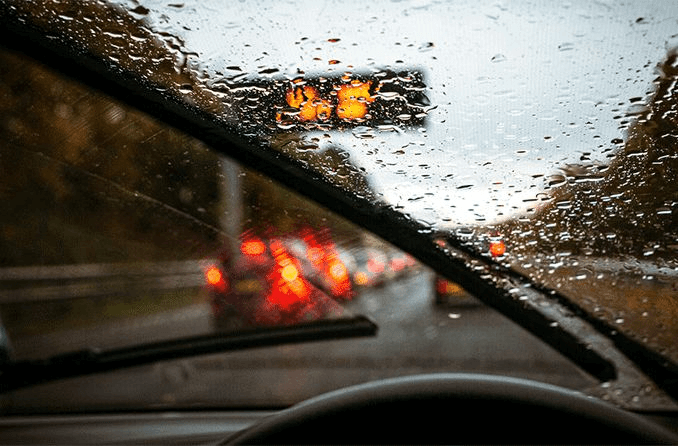Table of Contents
Driving in the rain, whether a light drizzle or a heavy downpour, can be one of the most difficult situations a driver faces. Rain causes nearly half of all weather-related car accidents (more than 700,000 per year worldwide). In the rain, one should drive cautiously and be extra cautious when driving in wet or slippery conditions. It is essential to approach rain floods safely if you encounter them on your journey.
Driving in such uneven weather conditions, on the other hand, can be dangerous. Remember that protection is always better than treatment. Following these tips will help you stay safe whether you are afraid of driving on wet roads or can drive confidently in bad weather conditions. Below is a list of the best 20 tips for driving in the rain.
- Listen to the Traffic Updates
- Always Keep Basic Tools
- Inspect Your Car
- Know the Roads
- Drive in First Gear
- Look Out for Standing Water
- Finding Another Route
- Keep the Car Well-Ventilated
- Prevent Water From Entering Silencer
- Switch On Dipped Headlights
- Maintain a Safe Distance
- Park the Car at a Dry Place
- Driving in the Dark
- Never Use Cruise Control
- Avoid Hard Braking & Remain in Middle Lane
- Be Ready for Stormy Winds
- Install Quality Wipers
- Maintain the Tires
- Watch for Pedestrians
- Stop and Wait
You might like: Tips to Avoid Worst Driving Habits in Pakistan-[Carpedia.pk]
1. Listen to the Traffic Updates:

When driving in the rain, you must pay attention to traffic updates. It is also a good idea to check the weather forecast; if there is heavy rain, you should not leave the house.
2. Always Keep Basic Tools:

In your car, always keep an emergency torch, a rope, and a cell phone charger or a fully charged phone. Keep basic wheel change tools on hand, such as a wheel ranch, jack, rod, plier, cutter, and tape, in case you need to change a tire and there is no mechanic nearby.
3. Inspect Your Car:

Examine the condition of your car. Check to see if your fuel tank contains fuel or compressed natural gas. Check that the radiator and battery have enough water. Check the operation of your tail lights, headlights, and windshield wipers.
You might also like this: How to Clean Your Car Windscreen for Crystal Clear Results
4. Know the Roads:

You may be well aware of the road conditions in your area, but if you travel to a new location on a rainy day, be especially cautious. Potholes and puddles are common on roads, and you don’t want to crash into one full of water.
5. Drive in First Gear:
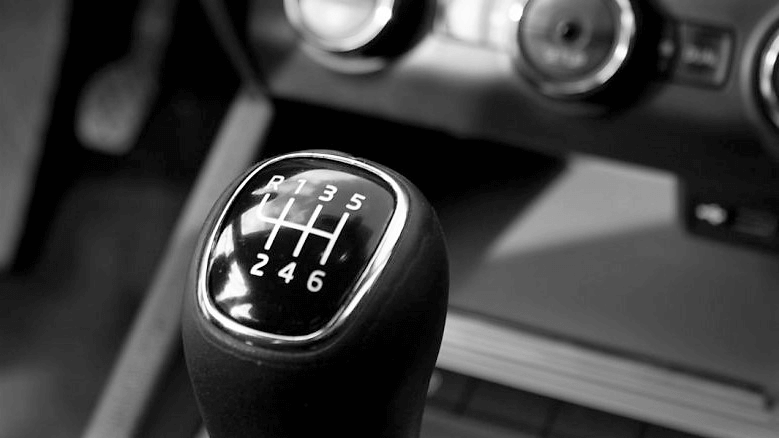
It is best to drive slowly when there is water on the road because it reduces the car’s grip. Furthermore, driving on a wet road means that when you apply the brakes, the car will take some time to come to a complete stop. However, it is easier to come to a complete stop in first gear.
6. Look Out for Standing Water:
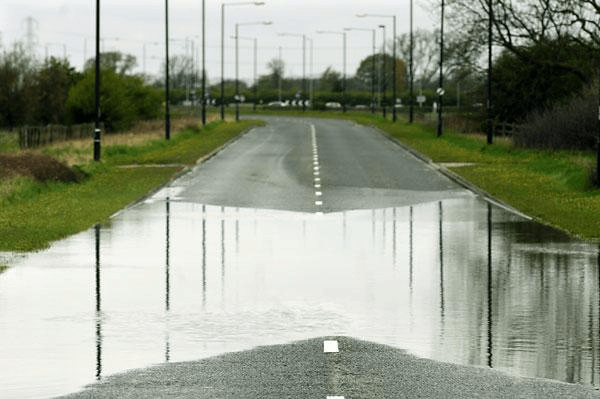
Hydroplaning occurs when your car’s tires begin to ride on top of the water rather than on the road’s surface. Hydroplaning does not require that the road be completely submerged in water for it to occur. It is a possibility whether you are driving in heavy rain or on roads that are only damp from a drizzle. Because you don’t have any controls on your steering wheel, it can be a terrifying experience.
As a result, you should immediately remove your foot from the accelerator and avoid using brakes in response to hydroplaning and turn the steering wheel slowly in the direction of the hydroplaning. This will assist in reshaping the tires with the direction in which your vehicle is traveling and in regaining control of the steering wheel.
You might also like this: What Is ABS in a Car? Let’s Find Out.
7. Finding Another Route:
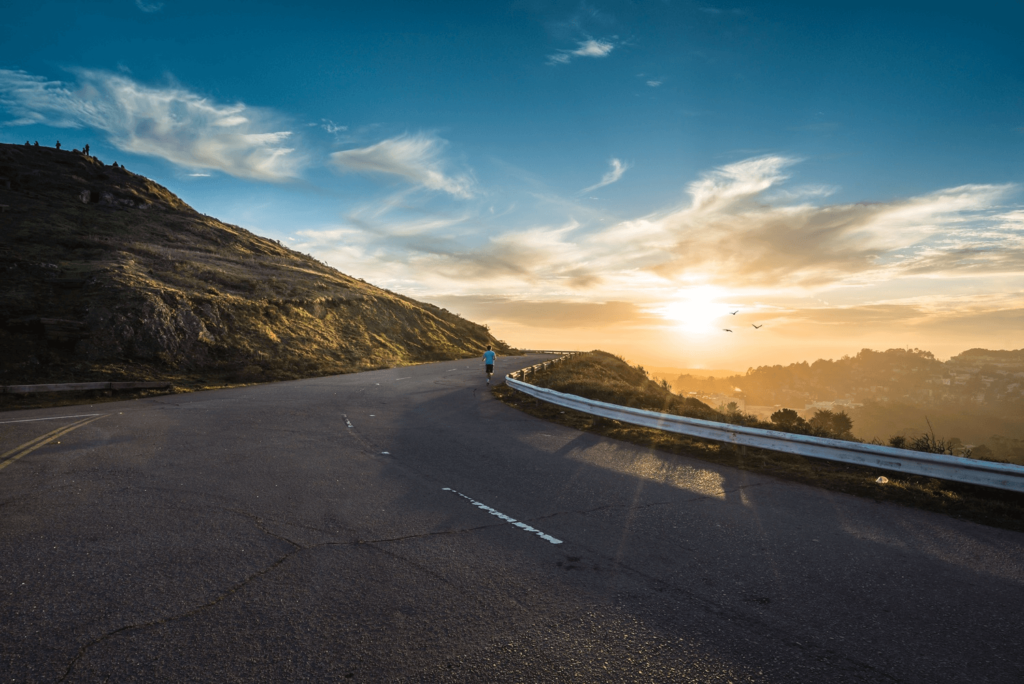
If you can find an alternative to driving through floodwater, you reduce the risk to both you and your car. If a road ahead is flooded, it’s almost always worth turning around and finding another route.
8. Keep the Car Well-Ventilated:
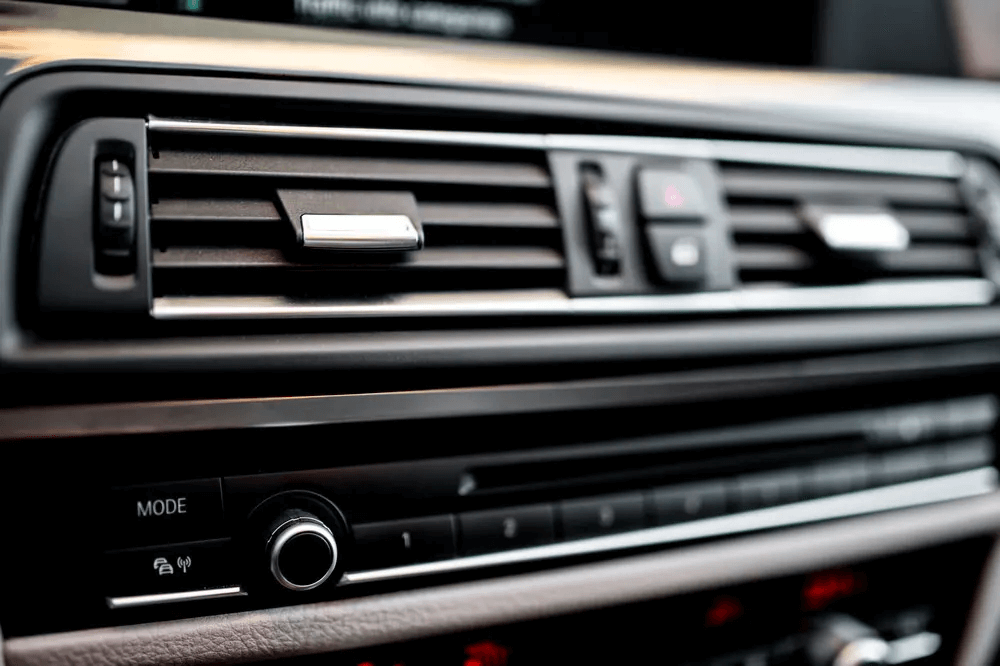
Heavy rain can raise humidity levels, causing your car’s windows to fog up or splashing water on the windscreen, reducing visibility on the road and making it difficult to see the cars ahead of you. Keep a dry cloth in your car to wipe away the fog that forms on the inside of your windows, or use the built-in ventilation system found in most cars.
9. Prevent Water From Entering Silencer:

As a precaution, avoid getting water on your car’s underbody. When driving in the rain, water will likely enter the silencer and cause hydro-locking. The water and liquid cannot be compressed if the engine breathes in water instead of air. So drive slowly and steadily to avoid creating a bow wave or splashing water around.
You might also like this: How to Pay Car Token Tax Online in Pakistan-Ultimate Guide.
10. Switch On Dipped Headlights:
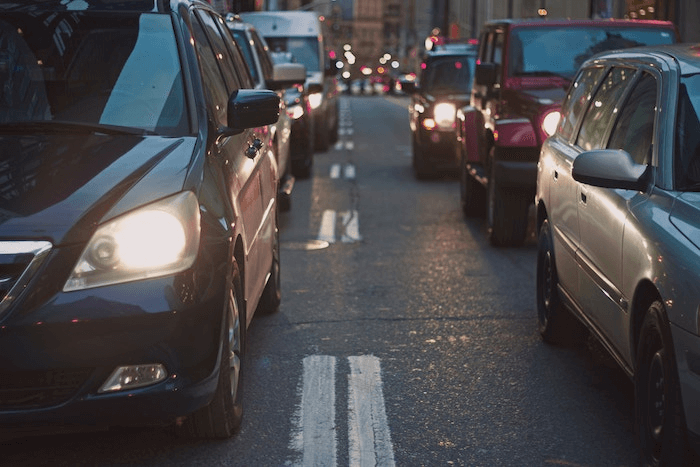
One of the best rain-driving tips is to dip the headlights. If you switch your lights to full beam, you won’t be able to see the cars on the road. Dipped headlights are angled downwards rather than toward cars or people. This way, you can protect yourself and others from potentially fatal road accidents.
11. Maintain a Safe Distance:
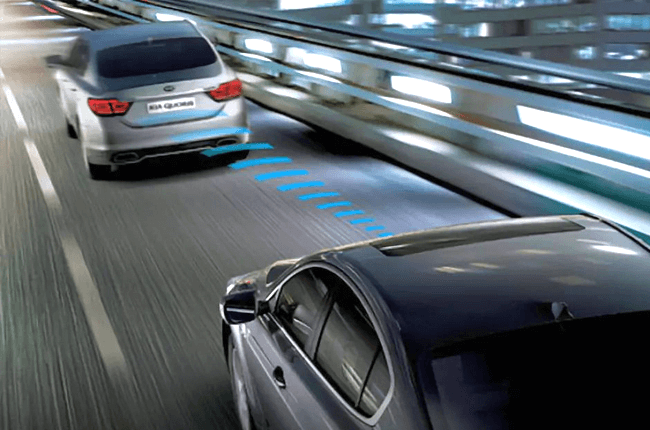
In Pakistan, tailgating is a common driving issue. People are impatient and frequently drive dangerously close to other cars. While this is standard driving advice, it is especially important in the rain to maintain a safe distance between cars and help you apply brakes without hitting the car in front of you.
12. Park the Car at a Dry Place:
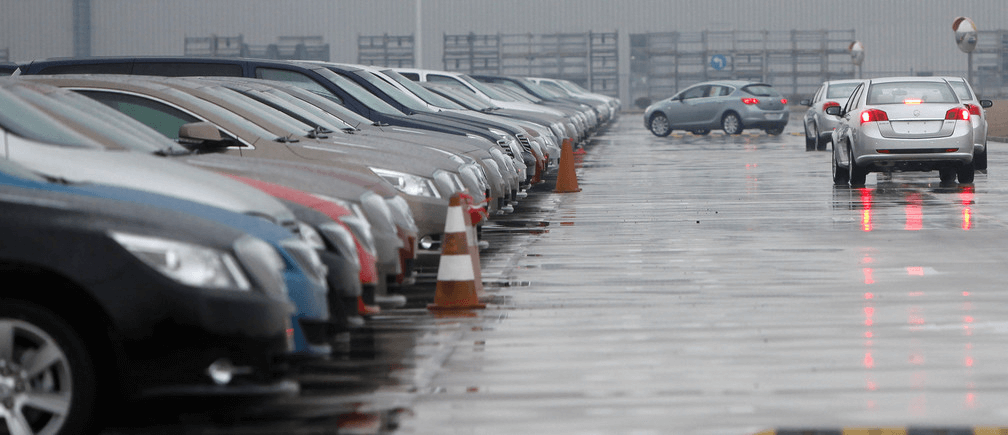
It is recommended that you park your car in a dry area. Take your car home only when it stops raining and the water on the roads has receded. If your car has stopped, don’t crank it up because it will cause more harm than good. Call for assistance and leave it to the professionals.
13. Driving in the Dark:
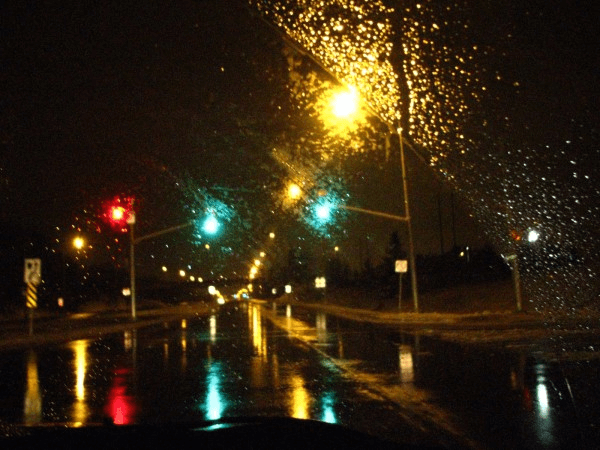
Driving in the dark during rain is especially dangerous because oncoming traffic’s glare is magnified by the rain on your windshield. You can reduce glare by dimming your dashboard lights and avoiding looking directly at oncoming headlights.
You might also like this: How to Increase Fuel Average of Car-A Complete Guide.
14. Never Use Cruise Control:
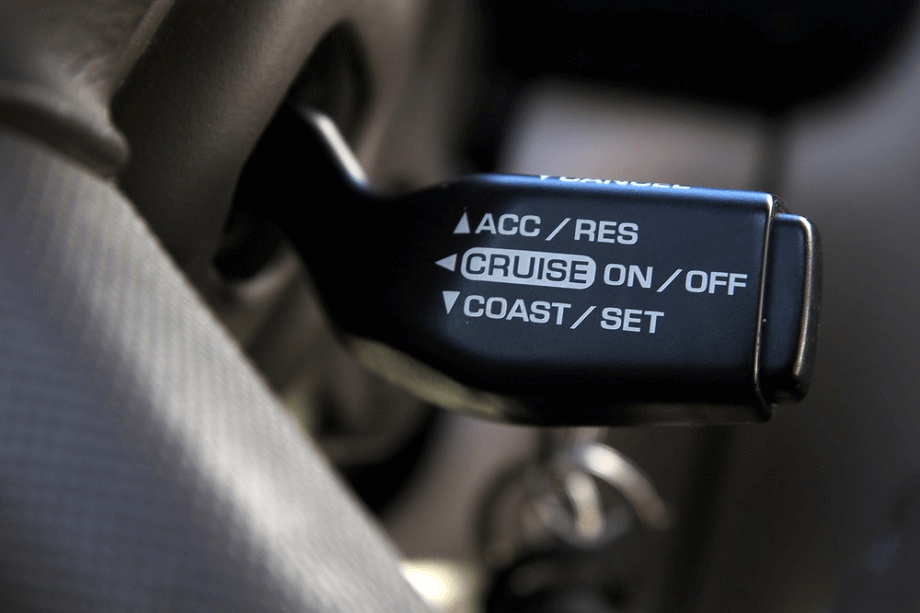
Using cruise control in wet weather can lead to vehicle loss of control. To avoid traction loss, drivers may need to reduce speed by easing off the accelerator, but this is not possible when using cruise control.
15. Avoid Hard Braking & Remain in Middle Lane:
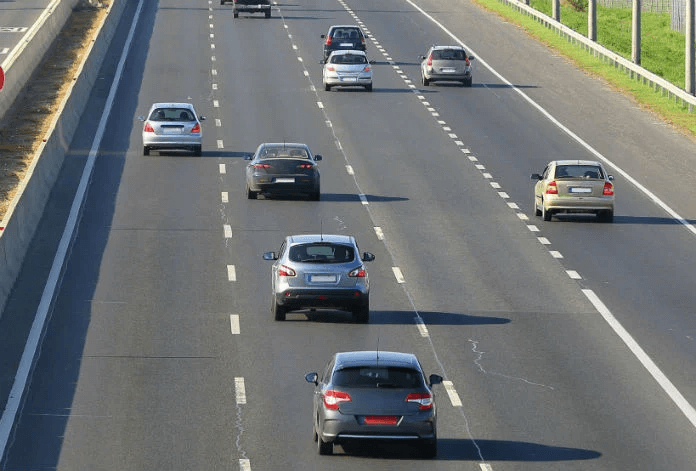
Avoid hard braking as much as possible. Take your foot off the accelerator a little earlier than usual to make slowing down and applying the brakes easier. Water tends to collect on the outside lanes, so stay in the center lane.
16. Be Ready for Stormy Winds:
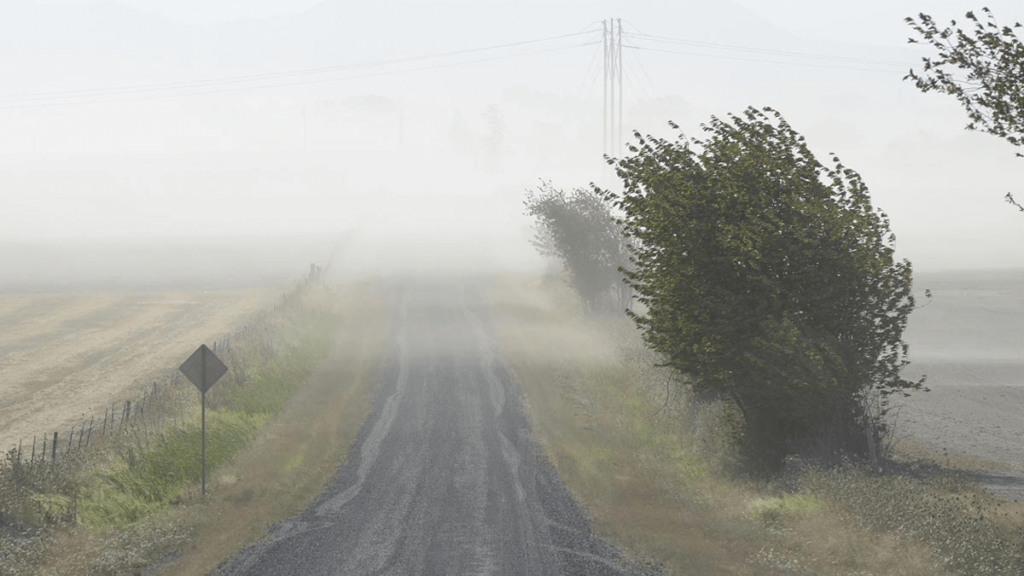
Wind can push your car and other vehicles around on the road or cause you to lose control when it rains. Maintain a firm grip on the steering wheel and give high-profile cars a wide berth as they may be more likely to be exposed to wind.
17. Install Quality Wipers:
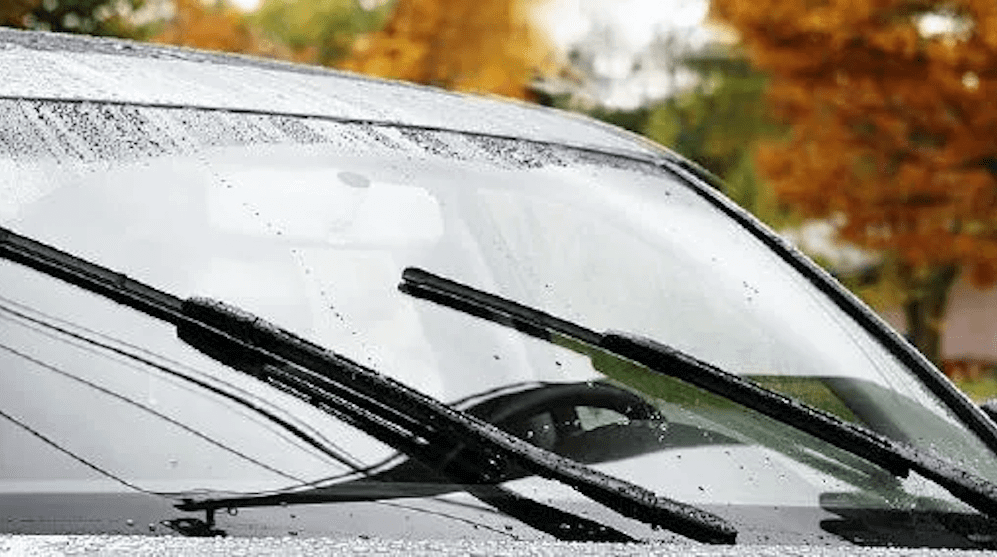
Wipers are extremely important. They worsen quickly due to our country’s extreme temperatures, and when used, poor wipers not only reduce your vision but also permanently damage the windscreens. They either do not effectively wipe the windshield or make squeaking noises.
You might also like this: Effects After Govt Imposes a Complete Ban on Imported Cars.
18. Maintain the Tires:

Tires are the only thing that allows your car to move and stop on the road. The health of your tires is critical. Tires that are worn out or old can easily cause the car to skid off the track. When you decide to drive on a rainy day, make sure to check your tread and tire pressure.
19. Watch for Pedestrians:
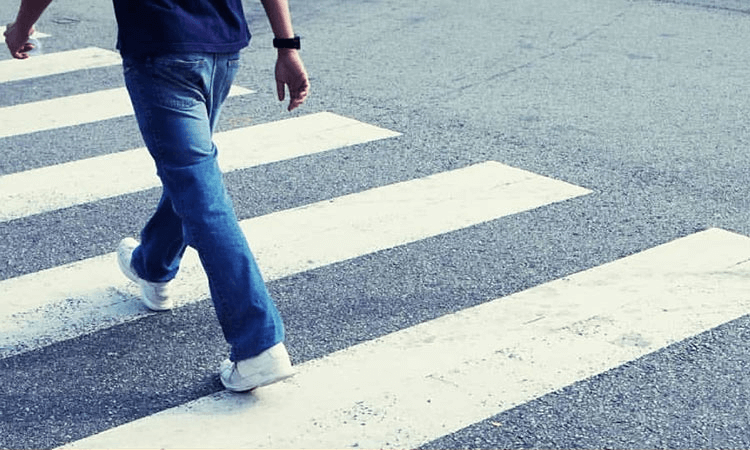
When driving, always turn on your car’s headlights. It will not only increase your visibility, but it will also help other drivers in seeing your car. Also, avoid splashing water on people walking down the street or riding motorcycles. As you drive, keep an eye out for ponds where they may be walking parallel to you. When passing them, try to drive slowly.
20. Stop and Wait:
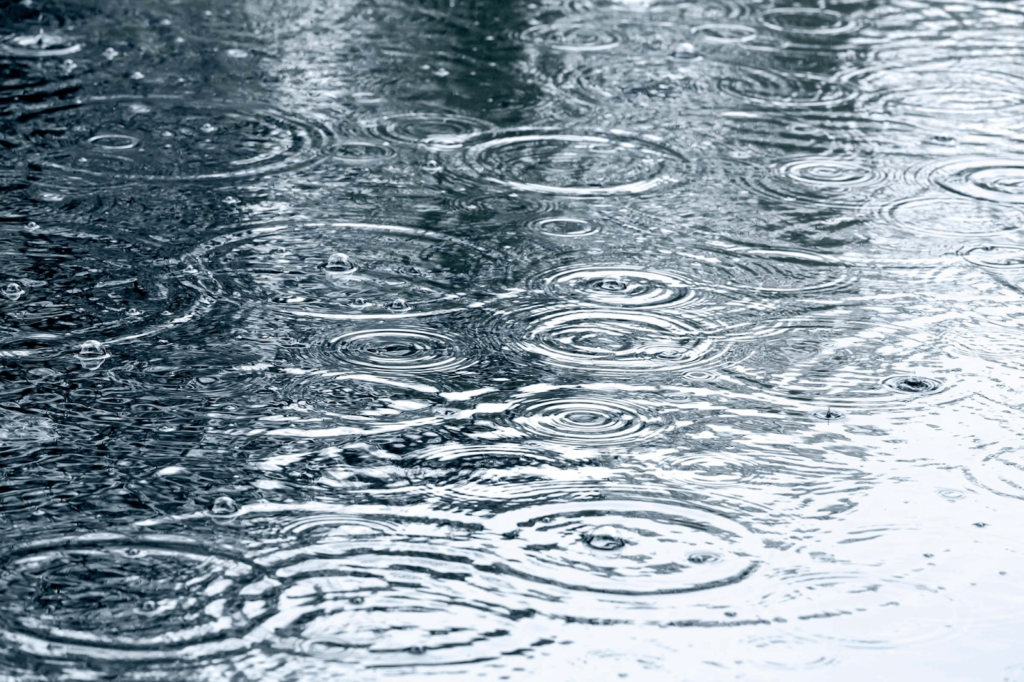
If you can’t see the bottom, don’t drive through moving water. It is often preferable to remain where you are during heavy rain and flooding. If possible, avoid hazardous rain. If you are not in a hurry or there is no emergency, stop at any rest area and wait for the weather conditions to improve before continuing your journey. Under heavy rains and low visibility conditions, unnecessary driving not only causes traffic jams but also puts the safety of other drivers in danger.
Carpedia.pk
With massive price increases and an economic meltdown, it is critical to have reliable car dealers. When it comes to selecting their dream car, car buyers prefer Carpedia.pk
Wrapping Up:
This brings us to the end of our rain-driving safety tips. We hope that this guide has taught you how to drive a car in the rain. It is simple to stay safe while driving in the rain if you make an effort to use these safety precautions. Remember that slowing down and turning on your lights are two of the simplest and most effective ways to reduce the chance of an accident caused by rain. Only the driver’s decision and presence of mind can prevent major car accidents in wet weather. By consciously employing these safety precautions, you can easily increase your safety levels while driving in wet weather.
FAQs
What should you avoid doing on a wet road?
Don’t panic, and try not to brake too hard to keep control. Slow down, avoid hard braking, and leave plenty of space between you and the cars ahead of you.
Why should you slow down in the rain?
During wet weather, you should drive as slowly as possible. This helps to avoid hydroplaning, skids, and other problems.
What is the safest speed to drive at in the rain?
When driving on wet roads, reduce your speed by about one-third. In the rain, for example, if the speed limit is 45 mph, you should drive at about 30 mph.
More Informative Articles:
Best Tips on How to Buy a Used Car in Pakistan [Carpedia.Pk]
Complete Guide to Traffic Rules in Pakistan-[Carpedia.Pk]
Full Process to Get an International Driving License in Pakistan
Driving License full Procedure and Fees in Punjab in 2023
Best Tips to Efficiently Use Your Car’s Air Conditioner [2023]
